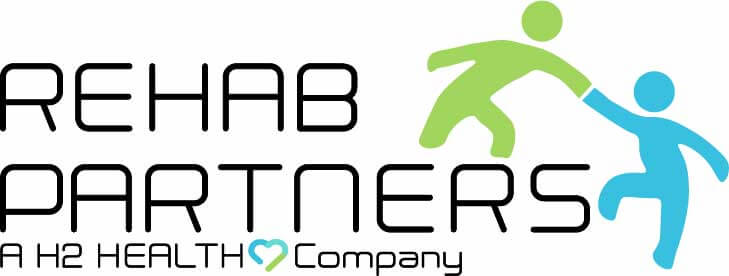
Recovering from a knee injury or surgery such as a knee replacement surgery can be tough and challenging. You might feel frustrated by the pain, stiffness, and limited movement in your knee.
However, understanding your rehab plan can help make this process easier and guide you toward recovery. Physical therapy is a key part of most knee rehab plans and is crucial in helping you regain strength, flexibility, and function in your knee.
Let us explore what happens during the physical therapy sessions for knee rehabilitation and what you can expect.
Understanding Knee Anatomy
Your knee is a complex and very mobile joint that connects the thigh bone (femur) to the shin bone (tibia). It includes ligaments, tendons, and cartilage that help with movement and stability.
Understanding these parts can help you see why each exercise in your rehab plan is important.
Ligaments and Tendons
The knee has four main ligaments – the ACL, PCL, MCL, and LCL – which provide stability. Tendons connect muscles to bones, allowing movement. If these structures get injured or worn out, specific rehab exercises are needed.
Cartilage and Meniscus
Cartilage covers the ends of your bones, letting them glide smoothly. The meniscus acts as a cushion between the femur and tibia. Damage here often causes pain and requires specific rehab exercises to restore function.
Stages of Knee Rehab
Rehabilitation is usually divided into stages, each with specific goals and exercises.
Initial Stage – Reducing Pain and Swelling
The first stage focuses on managing pain and swelling in the knee. This might include rest, ice, compression, elevation (RICE), and gentle exercises.
Intermediate Stage – Restoring Mobility
Once pain and swelling are under control, the goal is to restore movement. Stretching and light exercises to strengthen the knee are introduced.
Advanced Stage – Building Strength
In this stage, more challenging exercises are added to rebuild muscle strength and improve knee stability.
Final Stage – Functional Training
The last stage prepares you to return to daily activities and sports. Exercises imitate real-life movements to ensure your knee can handle different activities.
What to Expect During Your Physical Therapy for Knee Rehab
Initial Assessment and Goal Setting
In your first physical therapy session, the certified physical therapist will assess your knee’s condition. This includes discussing your medical history, checking how well your knee moves, and finding any painful or weak areas.
Based on this assessment, the certified physical therapist will create a personalized treatment plan tailored to your specific needs and goals.
Treatment Plan
Your treatment plan will include various exercises to relieve knee pain, pain management techniques, and education.
Strengthening Exercises
These exercises help strengthen certain muscles, especially for runners. Focus on the quadriceps (front thigh muscles that help extend the knee), hamstrings (back thigh muscles that help bend the knee), and calf muscles (back of the lower leg that helps push the foot off the ground).
Strengthening these muscles can boost running performance and lower injury risk.
Flexibility Exercises
These exercises improve how far and easily your joints can move. Flexible joints can prevent injuries by allowing a wider range of safe movement, especially during activities like running.
Stretching exercises for your legs, arms, and back can increase flexibility.
Balance and Proprioception Exercises
Balance exercises enhance your ability to maintain your body’s position, whether standing or moving. Proprioception is your body’s sense of its position and movement in space.
Practicing balance and proprioception exercises improves stability and coordination, which helps control body movements, avoid falls, and boost athletic performance.
Exercises like standing on one foot or using a balance board are helpful.
Manual Therapy
This involves hands-on techniques like massage and joint mobilization to decrease pain, enhance movement, and promote healing in the knee. This involves directly working on muscles, joints, and soft tissues.
Therapeutic Modalities
These are different treatments like ultrasound, electrical stimulation, and heat or cold therapy.
- Ultrasound uses sound waves to treat injuries.
- Electrical stimulation sends small electric pulses to knee muscles to help them relax or contract.
- Heat therapy soothes knee muscles.
- Cold therapy reduces swelling and numbs pain.
Education
This involves learning how to use your body properly to avoid pain and knee reinjury. It includes understanding body mechanics and movement strategies, which are techniques that help you move safely.
Physical Therapy for Knee in Newark, OH
If you are ready to take the next step in your knee rehabilitation, consider visiting us here at H2 Health. Our team of expert physical therapists in Newark, OH, is dedicated to helping you reach your goals and regain your full potential.
To schedule a consultation and start your personalized rehab plan for a stronger, healthier knee, call the location nearest you or use our appointment request form. We look forward to serving you!





































